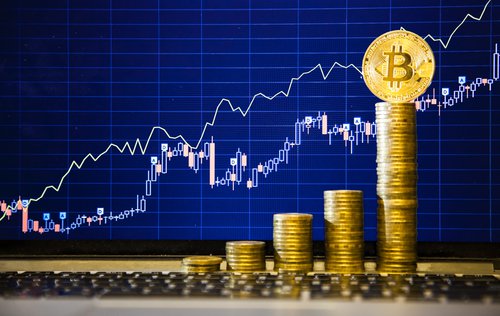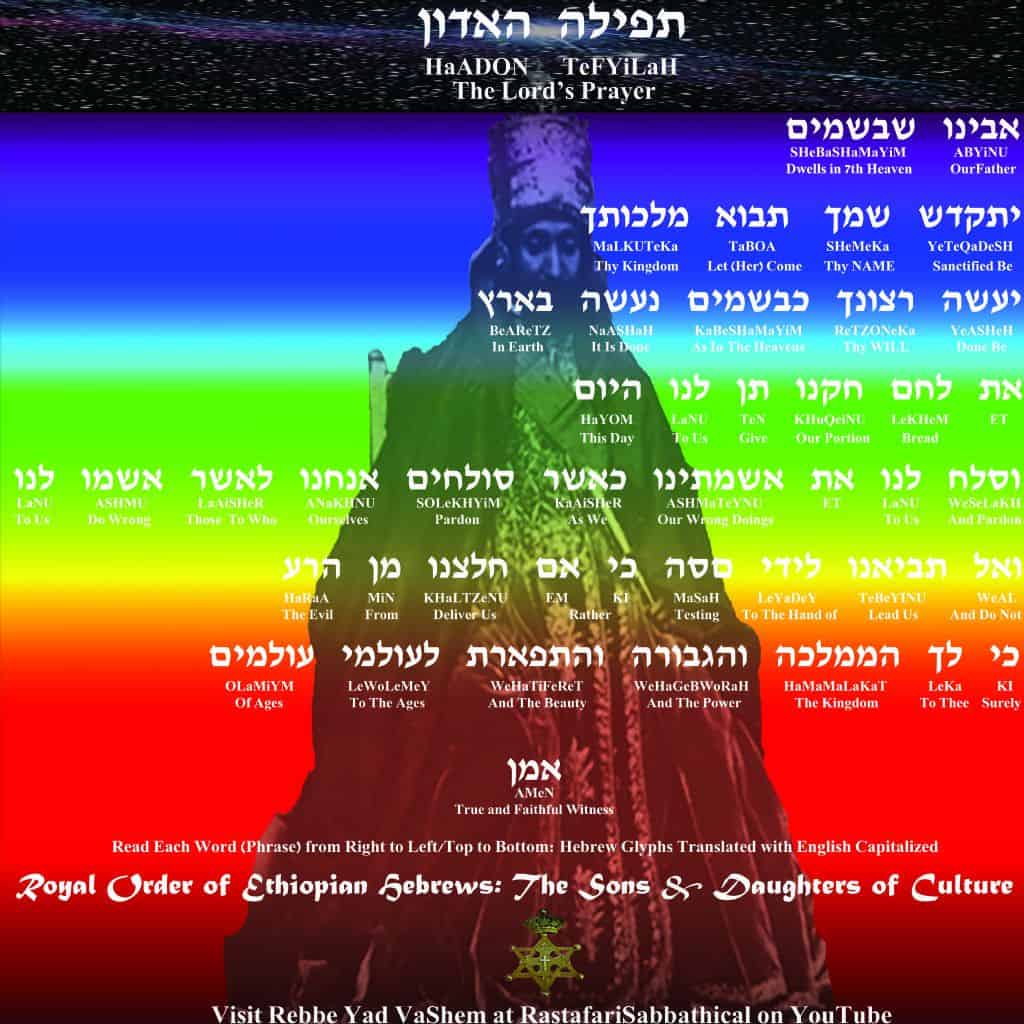There’s so much written about Bitcoin, from so many angles, it’s hard to know what it really is.
What is it good for? What is it worth? Where is it going?
It’s obvious there are huge moneymaking opportunities in Bitcoin. The cryptocurrency’s unprecedented development has already minted a few billionaires and many millionaires in its short life.
You can be sure, however, those winners didn’t get to where they are without knowing Bitcoin basics.
If you want a shot at Bitcoin riches, you have to know the truth about this cryptocurrency, so you can make this moment in history a profitable one.
Here’s the truth about Bitcoin and how to play it…
Everything You Didn’t Know About Bitcoin Basics
For starters, Bitcoin is a cryptocurrency based on blockchain technology. Here’s what that really means.
The crypto prefix in cryptocurrency comes from cryptography, the practice and study of techniques for secure communication in the presence of third parties. Blockchain is a decentralized ledger in which a continuously growing list of records (blocks) are linked, secured, and distributed across networks of computers.
Now, about that currency thing.
Currency is a system of money. Gold and silver can be used as currency. Paper and coin currencies used to be backed by gold and silver. Eventually, “fiat” currencies replaced every other kind of currency, including all asset-backed currencies. Fiat currency is money that a government declares to be “legal tender.” It’s acceptable as payment of debt.
While everyone was sleeping, a former Wall Street insider executed night trades – banking 217% total gains in less than a week. Now, he’s sharing his strategy for the first time ever…
Every currency in the world is fiat currency – they’re made up. The dollar, pound, franc, euro, yen, yuan – they are all currencies simply because respective governments decreed them to be.
Bitcoin is no different. It was decreed a currency by its originator, Satoshi Nakamoto, believed to be a pseudonym for Australian tech pioneer Craig Wright. It’s just another made-up fiat currency.
The blockchain technology that Bitcoin is based on is an open source networked ledger used to record the creation of bitcoins and record transactions based in bitcoins. The blockchain imparts no intrinsic value on the “currency” other than maintaining those records.
Mined for the Taking
You can’t create bitcoins out of thin air – at least, not exactly. They have to be mined.
Bitcoin mining is a process where computers are used to verify a block of transactions along the Bitcoin blockchain, which are then put through a process that applies a mathematical formula to them. That then turns the block into a random sequence of letters and numbers known as a “hash.” The hash is stored along with the block, at the end of the blockchain, at the point in time it is authenticated.
Everyone who participates on the blockchain has access to all records of all transactions, including the most newly made. Anyone can mine blocks (by identifying them by their hash and confirming them) and earn a reward of 25 bitcoins.
Satoshi Nakamoto mined the first ever block of Bitcoin, known as a genesis block, to earn 50 bitcoins.
This raises a question. How was Nakamoto, creator of the Bitcoin blockchain, able to mine a genesis block of 50 bitcoins even though there were no Bitcoin transactions before he created the first one?
That’s Bitcoin. It’s “a riddle, wrapped in a mystery, inside an enigma,” as Winston Churchill might say.
So is the price of Bitcoin.
Because Bitcoin has no intrinsic value, and its utility as a currency is limited to those who choose to use it and accept it, the value ascribed to it is simply what the next person buying a Bitcoin is willing to pay for it in dollars, or in euro, or yen, or another cryptocurrency like Ethereum. Just to make it more complicated, that other cryptocurrency would itself have to be valued against an established currency to determine its price in order to buy Bitcoin at whatever its price is..
This year, Bitcoin’s been getting a lot of attention, mostly because its price (in U.S. dollars) has skyrocketed.
In fact, a single Bitcoin rocketed from a value of $1,000 at the beginning of the year to almost $20,000.
All that “appreciation” is drawing a lot of headlines and investor interest.
The Future of Trading Bitcoin
If you’re interested, you can buy and sell bitcoins by first signing up to a Bitcoin wallet service at popular exchanges like Coinbase, Blockchain.info, and Xapo.
You sign up to those as you would to any website: You enter your name and email address and set a password to get started. After that, it’s time to connect your bank account, debit card, or credit card.
There are now futures contracts based on Bitcoin. CBOE Global Markets has a futures contract based on one bitcoin, and the CME Group, the world’s largest futures exchange, has a Bitcoin futures contract based on the value of five bitcoins.
You can trade the futures right now at TD Ameritrade or Interactive Brokers Group. E-Trade is considering offering them to account holders.
But the margin requirements are big. Interactive makes traders post 50% margin when traders buy Bitcoin futures, and 240% margin if they want to short them.
ETFs are probably on the way to traders’ screens too.
The Winklevoss twins were denied registration of the Winklevoss Bitcoin Trust (symbol COIN), a Bitcoin ETF they hoped to get approved by the SEC. But with the futures having passed muster with the CFTC, the twins are appealing the SEC’s denial.
Meanwhile, ETF sponsors and mutual fund companies like Van Eck, Rex ETFs, and Direxion Investments are in the process of registering their own ETF Bitcoin products.
So, what are they really worth?
While Bitcoin futures prices matter, and Bitcoin ETF prices will matter, they are priced off the so-called cash market for Bitcoin. That’s the price Bitcoin is going for when cash is being paid, as opposed to Bitcoin interests being bought and sold in derivatives markets.
Lately, the cash price of Bitcoin has been going up for two principal reasons…
- Higher prices are driving more investors and speculators into the market for Bitcoin
- Very few miners of Bitcoin are selling them, keeping market supply low and creating a huge supply and demand inequality paradigm
With few sellers of Bitcoin, the price can keep going up if the demand continues to grow. How far up is anybody’s guess. In theory, Bitcoin could go to $1 million or higher.
Then again, the price could crash in a New York second, whether that’s from here or from $1 million.
Bitcoin’s Inevitable Fate (and How to Trade It)
The one reason Bitcoin won’t be a real “store of value” with a continually rising price is the fact that it’s a fiat currency.
As long as Bitcoin and other cryptocurrencies don’t get too big, and aren’t increasingly used as a means of exchange, they’ll be allowed to be the sideshow they are. And by that, I mean a sideshow to government-issued fiat currencies.
Really think about this… Why would the most powerful entities on Earth, the governments and central banks who own the fiat money creation game, along with the interest on it game and the taxation of it game, ever let anyone create competing fiat currencies?
They won’t.
If Bitcoin soars and crashes, governments will be happy. They’ll start to regulate it, for the good of the people who might get burned again, and they won’t look like they’re overreaching by reducing it to a sideshow for speculators to bet on like a football game.
But if Bitcoin becomes so popular it spawns other successful cryptocurrencies that collectively threaten governments’ and central banks’ hegemony, they will all be dealt with through the prison of regulation.
So how do you play Bitcoin?
You buy it and ride it to the moon if it goes there. And you short it when it starts falling, because it will crash at some point.
But don’t buy futures, and definitely don’t short them yet, unless you’re a real trader with lots of capital.
When ETFs come on board, buy into them and use stops. Short them and use stops. You can also play both the rise and fall of Bitcoin by trading options and straddles in particular.
There are more than a few ways you can make this profitable in both the short and long term. But the moral of the story is that you will need to be smart about it… What goes up (and was never concrete to begin with) must come down.
These Trade Recommendations Are CRUSHING the Market
The major indexes are driven by a few overpriced stocks. The rest of them – I’m talking thousands of stocks – are garbage.
But targeting the market’s worst stocks is a great way to get rich. So long as shares are plummeting, you could be making a killing again and again.
And I’m the one person able to identify which stocks have about a 100% chance of dropping to the ground.
Since April 21, my Zenith Trading Circle recommendations have outperformed every investment on the market with average gains of 44% per day (including partial closeouts).
In fact, one of my latest plays closed out with a 955% return.









































































































